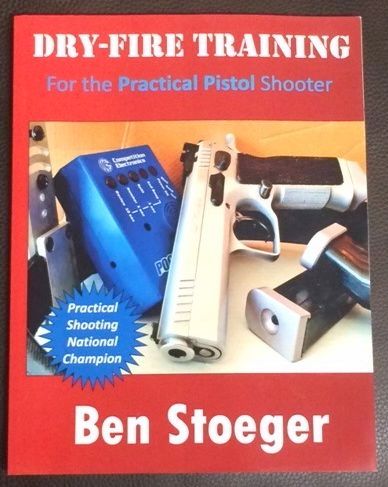I don't want to be a Tactical Tammy, so what you're saying here is that instead of doing a 3 (or 4) Step Draw, I should instead just Get a firing grip on the gun, Lift it clear of the holster, Rotate the muzzle downrange, Get both hands on the gun, and Drive the gun onto the target, but really fast?
Will it go faster if done smoothly? Asking for a friend.




 Reply With Quote
Reply With Quote







